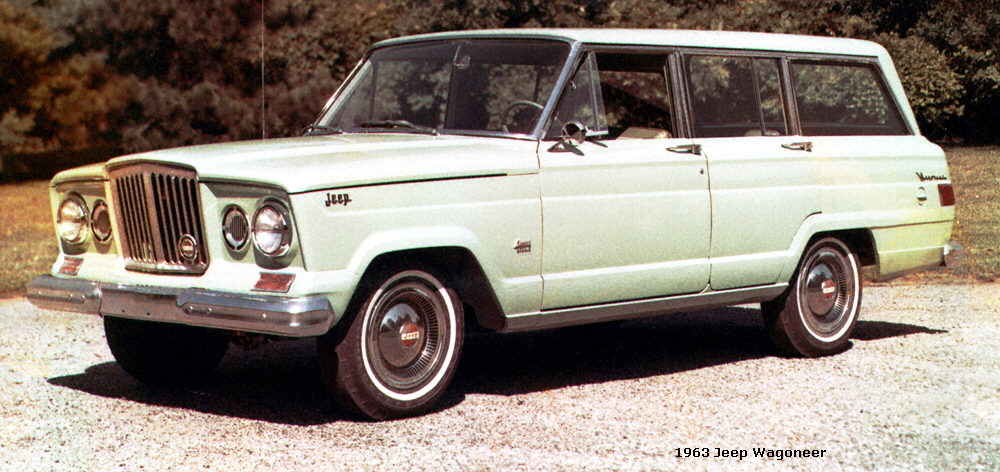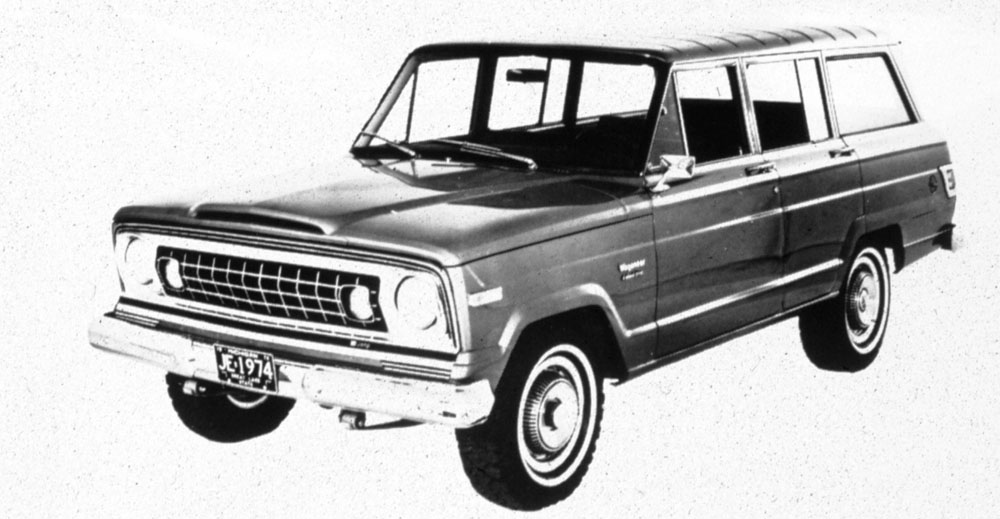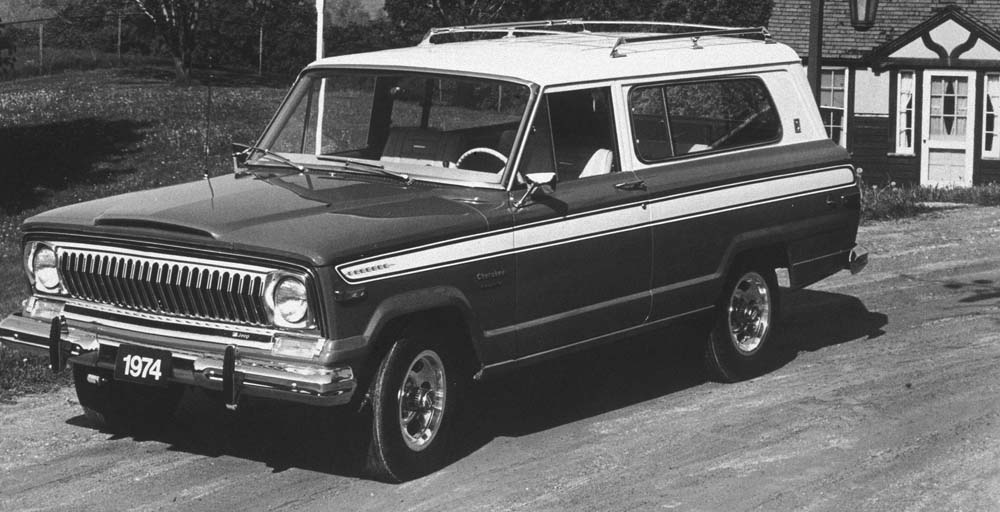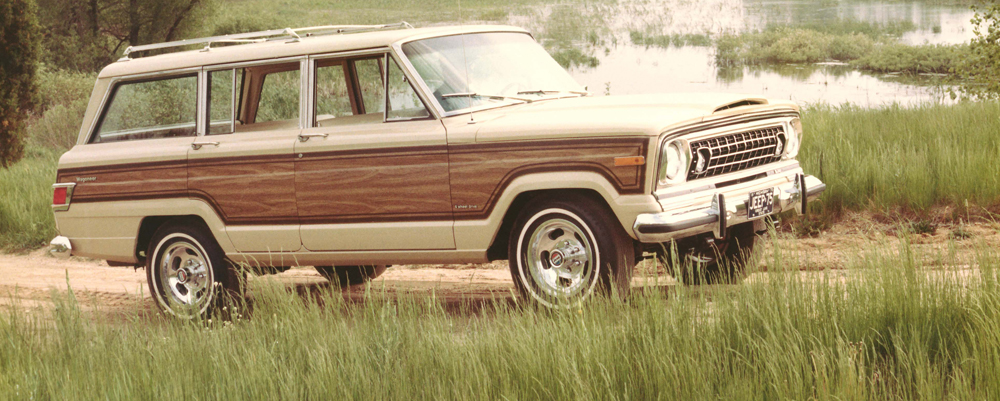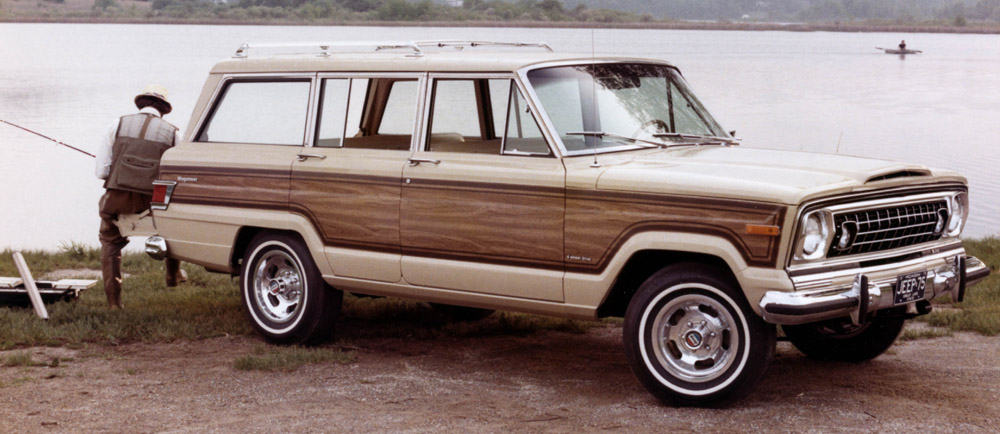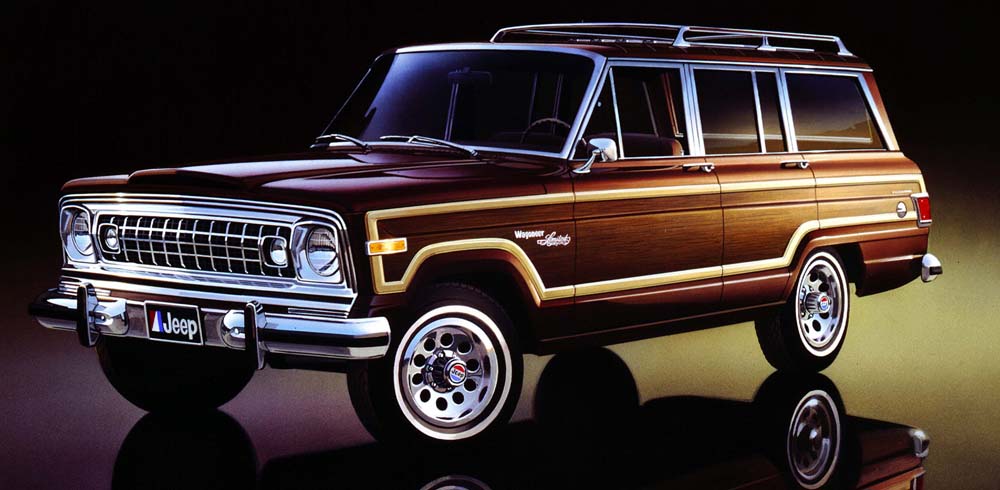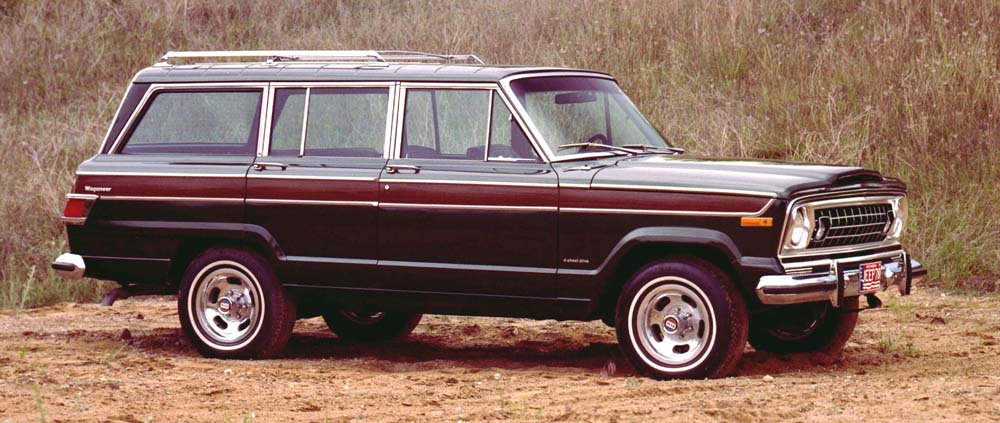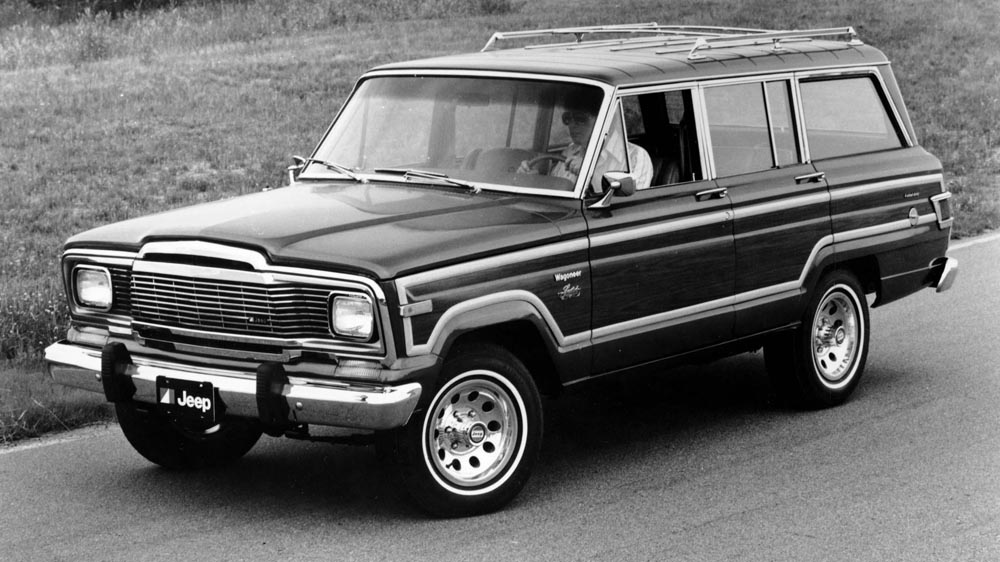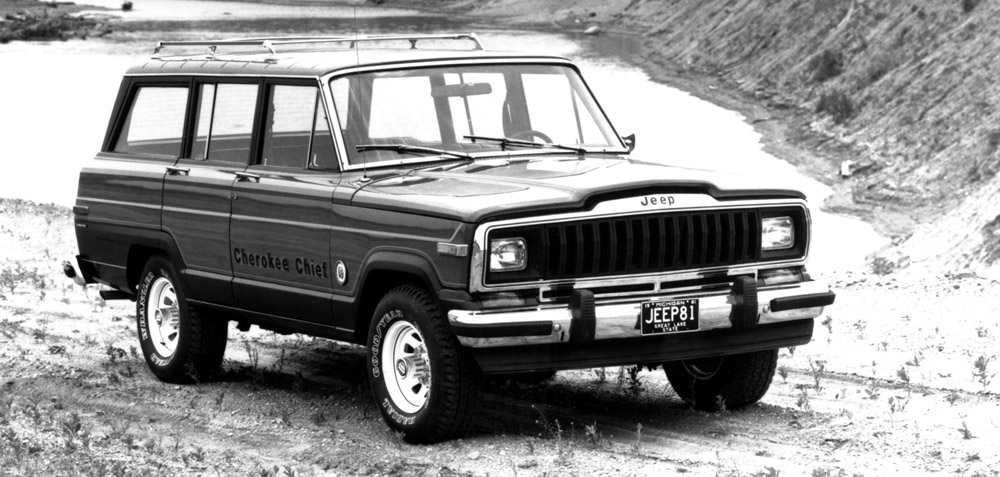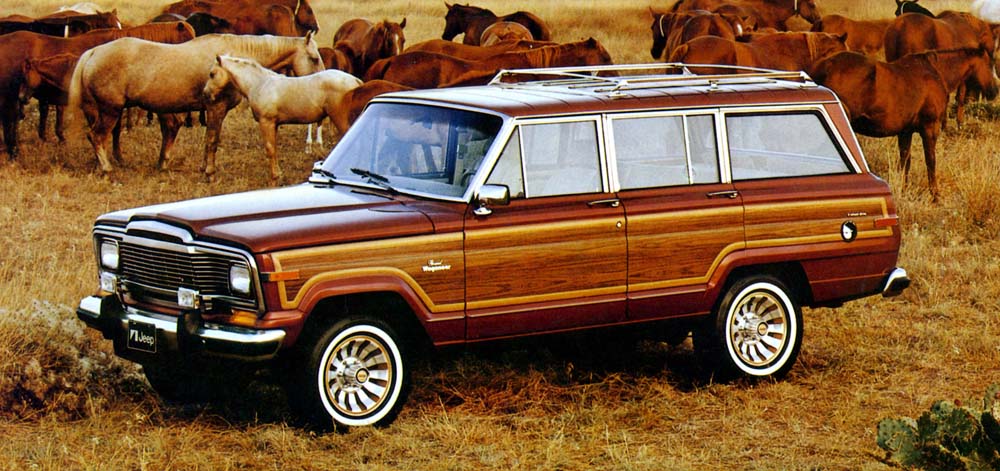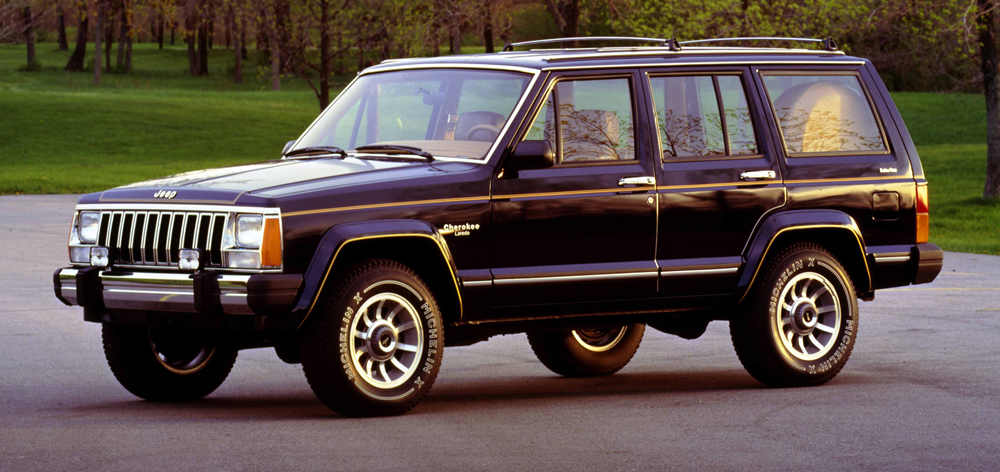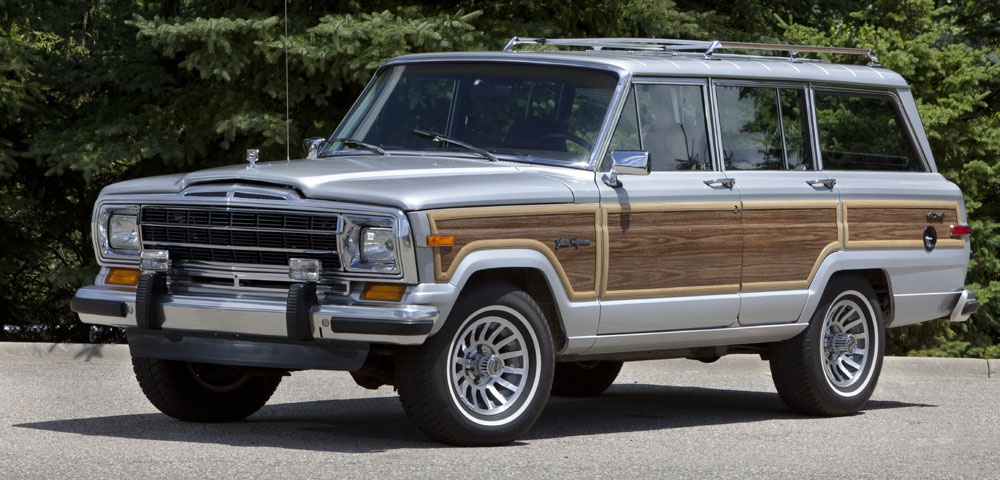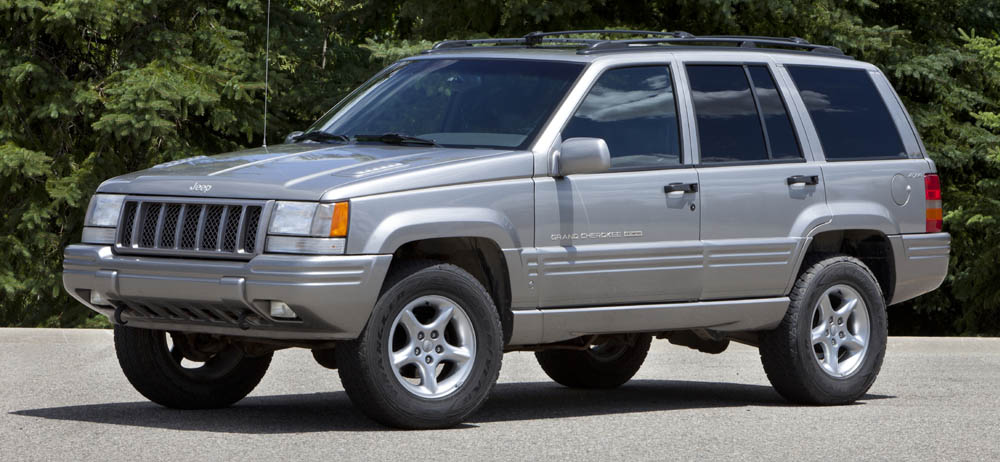|
|
|
|
Jeep Grand Cherokee The Jeep Grand Cherokee traces its lineage to a major branch of that tree, beginning with the 1946 Jeep Station Wagon, manufactured by the Willys-Overland Motor Corporation. The 4x2 Jeep Station Wagon was notable for being the first all-steel wagon. It was powered by the famous "Go-Devil" engine used in the military Jeep vehicles. The Jeep Station Wagon was taller than today's station wagons, with a height of 72.75 inches. The 1949 Jeep Station Wagon landed in showrooms with a new grille eight slots instead of the 10 slots on the '46 model. The big news, however, was that 1949 was the first year for the four-wheel drive Jeep wagon. The next major milestone leading to the Grand Cherokee was the 1963 Jeep Wagoneer. Introduced in two- and four-wheel drive versions, the Wagoneer is considered the first true sport-utility vehicle, even though that term was not commonly used until the 1980s. The Wagoneer's car-like interior and comfort, its ruggedness, and four-wheel drive capability made it a unique vehicle in its day. Just a few years later came the 1966 Jeep Grand Wagoneer, staking its claim as the first luxury SUV. It was a limited edition 4x4 with such features as a padded vinyl roof with chrome roof rack, power steering and brakes, tilt steering column, contoured bucket seats and power rear tailgate. The engine was the four-barrel, 327 "Vigilante" V-8 with 270 horsepower. The Grand Wagoneer was "built like a bank vault," according to a reviewer at the time, and " it looks just as much at home in the parking lot of the most posh country club as it does next to a prairie camp fire." Jeep reignited the luxury SUV segment spectacularly on Jan. 7, 1992, at the North American International Auto Show. That day, an all-new 1993
Jeep Grand Cherokee was driven through a glass window at the Cobo Convention Center in Detroit. The '93 Grand Cherokee was the first sport-utility
vehicle equipped with a driver's side air bag. It had the highest horsepower, at 190, in its class. It was also the first SUV that used the
environmentally friendly R134A refrigerant. Most importantly, and true to its heritage, the 1993 Grand Cherokee set new standards for on-road ride, handling and comfort in a sport-utility vehicle.
Jeep Cherokee The Jeep Cherokee debuted in 1974, and was based on the Jeep Wagoneer SJ platform.
1966 Jeep Wagoneer
1966 Jeep J-Series Wagoneer station wagon
1969 Jeep Wagoneer
1974 Jeep Wagoneer. (J-02104)
1974 Jeep Cherokee. (J-0115)
1975 Jeep Wagoneer
1975 Jeep Wagoneer
1978 Jeep Wagoneer
1978 Jeep Wagoneer
1978 Jeep Wagoneer Limited. (J-0286)
1981 Jeep Cherokee Chief
1984 Jeep Grand Wagoneer
1984 Jeep Cherokee. (J-02103)
1984 Jeep Cherokee
1985 Jeep Cherokee Laredo
1986 Jeep Grand Wagoneer. (J-0289)
1989 Jeep Grand Wagoneer; Based on the Jeep SJ platform, Jeep Wagoneer models (1963-1991) created the premium SUV segment.
1998 Jeep Grand Cherokee; First generation Grand Cherokee (1992-1998) on the ZJ platform
|
|
Home < Chrysler Group < Jeep Vehicles < Jeep History
|
